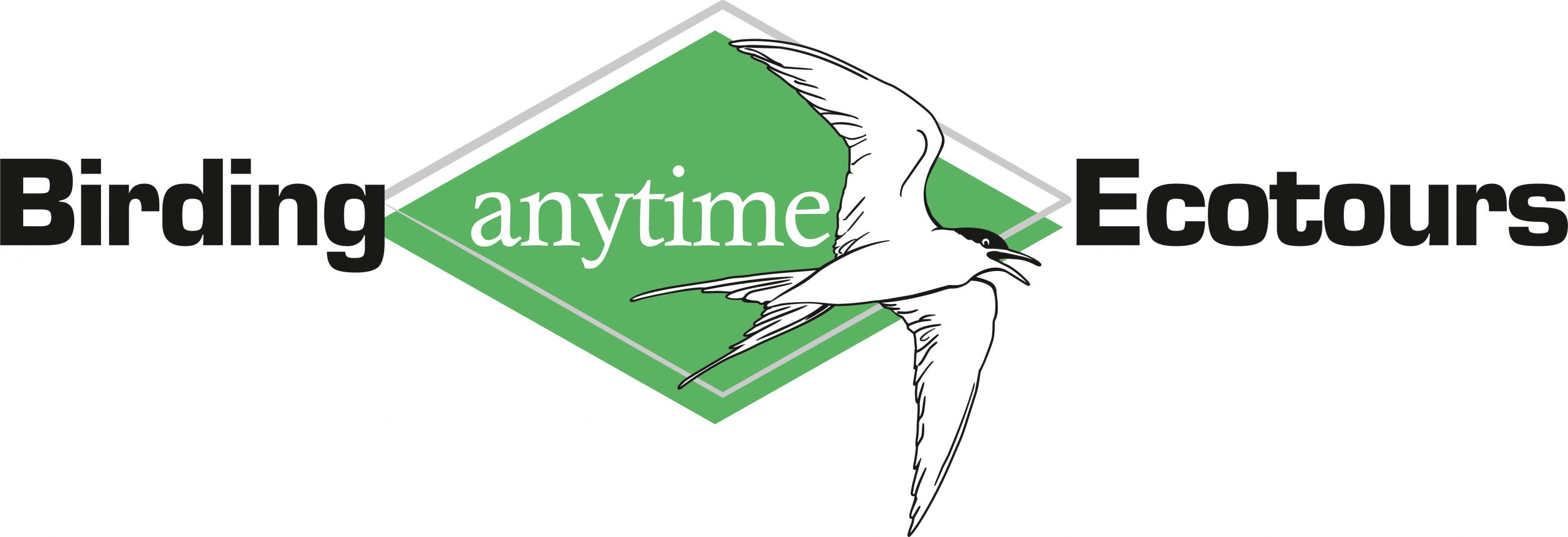Birding in Minnesota is not for the faint-hearted, but for those who are willing to put up with some inconvenience, the rewards can be great. If you are not afraid of bone-numbing cold in the winter or black flies, mosquitoes, ticks, etc. in the warm weather, the birding is wonderful. Do dress in layers and equip your car properly for the cold. Carry a winter survival kit. This should include a cell phone so that you are able to summon help if necessary. Keep in mind that temperatures along the shore of Lake Superior can be quite cool even in summer. Also keep in mind that several million people live in Minnesota throughout the year without succumbing to the cold. The process of natural selection weeds out those who choose to walk on thin ice or drive snowmobiles into poles while inebriated.
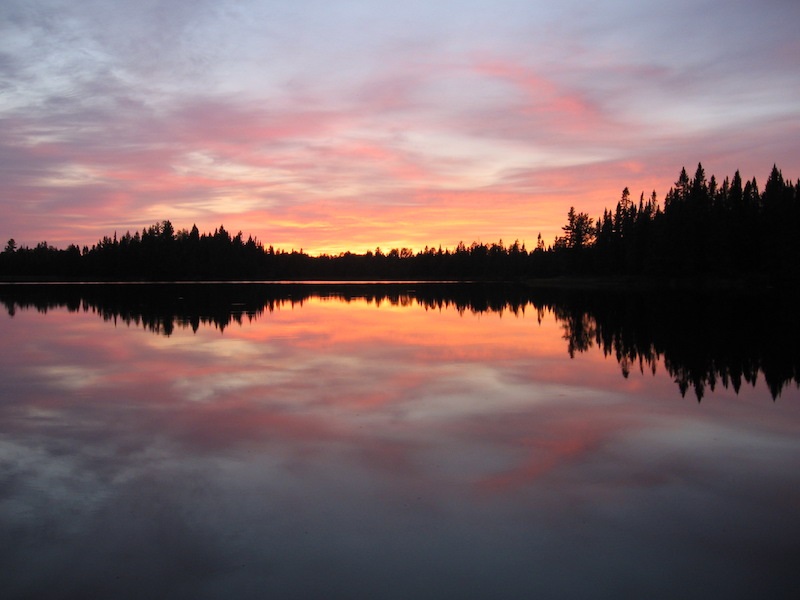
The area in and around Duluth is beautiful and always productive. Thirty miles north of Duluth, the Sax-Zim Bog is an area where many boreal species may be found throughout the year. Great-gray owls, Gray Jays, Boreal Chickadees and nesting Connecticut Warblers are highlights.
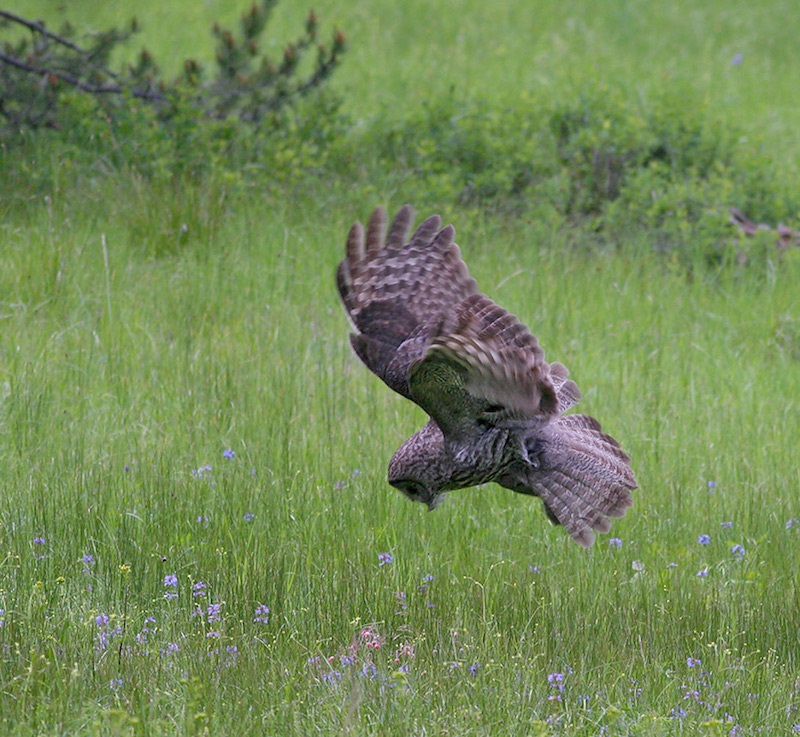
During invasion years one can expect reports of Boreal Owls and Northern Hawk Owls as well. Most winters it is possible to find at least one Snowy Owl in the Duluth harbor area. One winter a Gyrfalcon tookup residence along with a (lost) Gray-crowned Rosy Finch. Northern Shrikes, redpolls and winter finches are plentiful in this area as well. The vistas along the shore of Lake Superior are magnificent. There are many boreal species, which rarely occur in the United States which are regularly seen here. In Duluth the roads are meticulously cleared of snow. Roads in the Sax-Zim Bog area as well as state highways are also well maintained. This is not necessarily true in more remote areas.
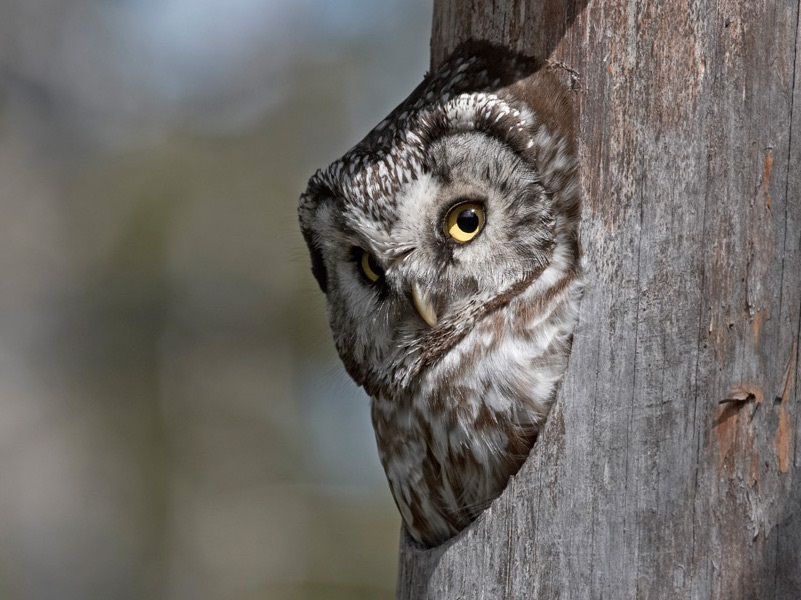
In the fall, Hawk Ridge in Duluth is a hot spot for sighting migrating raptors. It is possible to view the birds from very near the car, but the area is not paved. The terrain would be difficult, but not impossible for most wheelchairs, and, at least, one does not need to go more than a few feet from the car. There is a naturalist and official counter at the ridge. From time to time birds are brought from the nearby banding center, and educational talks are given. Owls are banded every evening in the fall, and raptors are banded during the day.
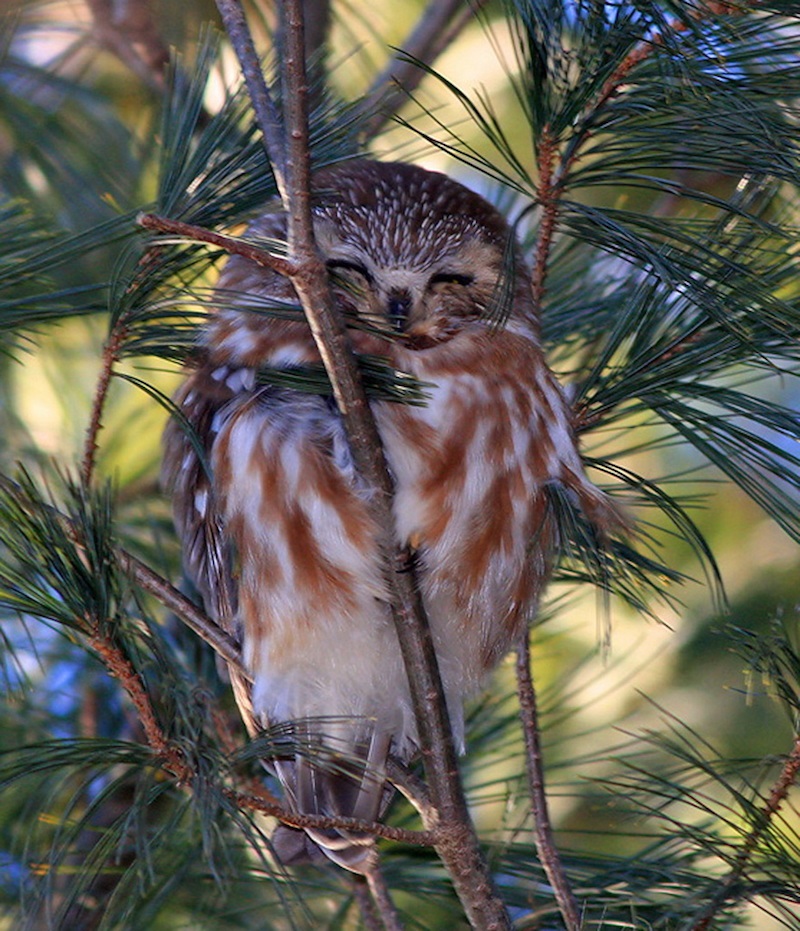
Many passerines are banded here as well. Highlights at Hawk Ridge include: Bald and Golden Eagles, Northern Goshawks and Rough-legged Hawks. On a day with strong northwest winds, it is sometimes possible to see 20,000 to 30,000 birds in a day. Take a comfortable chair. Accessible rest-room facilities may be found in the fast-food restaurants along London Road, about 15 minutes from here.
The Gunflint Trail originates in Grand Marais, about 30 miles from the Canadian border, and it is well-paved road for a distance of some 50 miles. This is another prime birding location with many of the boreal species found in Duluth. Three-toed Woodpeckers and Black-backed Woodpeckers are regularly found here.
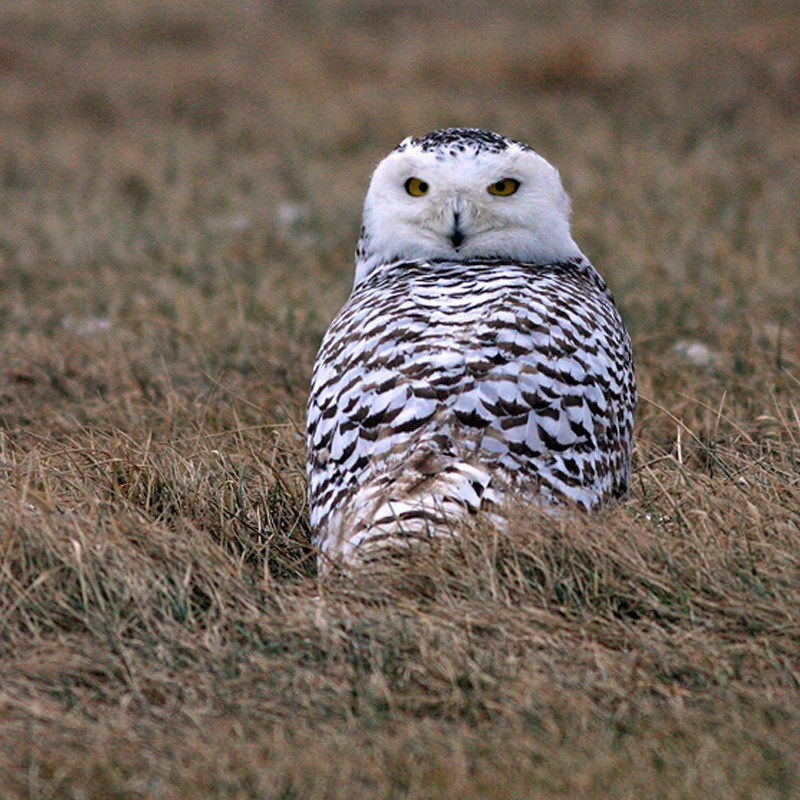
In the southeastern part of Minnesota, the birding along the Mississippi River is very good, and there are many places where birds may be viewed from the car. This is also a very beautiful drive. The birding locations here are far too numerous to list here.
For those who are flying into the Twin Cities (Minneapolis and St. Paul); there are numerous locations in the metropolitan area where birds may be found. The Carpenter Nature Center in Hastings has wheel-chair accessible trails. The Minnesota Valley National Wildlife Refuge has its headquarters only five minutes from the airport. You may borrow a wheelchair to view the area around the headquarters building. In Dakota County, migrating shorebirds may been seen at the sod farms, the many miles of farm roads are full of birds, and there are some very productive marshes. The Murphy-Hanrehan and Carlos Avery refuges may be birded from the car. In the winter you will find many species of waterfowl at the Blue Lake Sewage Treatment ponds in Scott County. (Keep in mind that there are very few places in Minnesota with open water during the winter. Waterfowl, eagles, etc. will be concentrated in those areas.)
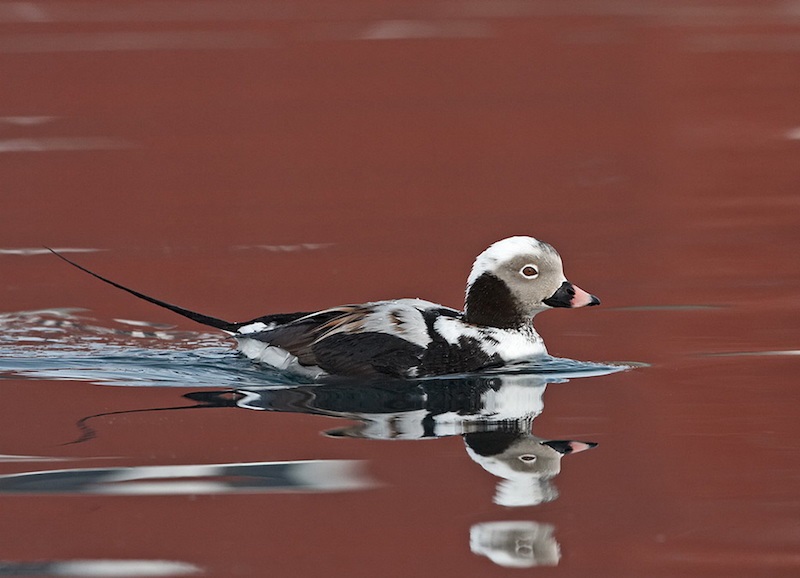
Black Dog Lake area is not really accessible to birders with disabilities. The only way to get to the open water is to walk over very difficult ground in winter. In any other season, Black Dog Road is well worth the ride, as many birds may be seen along the road.
The US Fish and Wildlife Service publishes a pamphlet, which lists the features of each of the National Wildlife Refuges. Many of these have driving tour routes, and these should all be of interest to birders with disabilities. Several of these are located in Minnesota. In addition, most of Minnesota’s State Parks have paved roads into areas where birds are plentiful. All of these locations have accessible rest-room facilities as well.
Anyone who is planning a visit to Minnesota should purchase a copy of Kim Eckert’s comprehensive book, A Birder’s Guide to Minnesota, this volume will serve you well. There is also a wealth of information on the website of the Minnesota Ornithologists’ Union.
Wildlife viewing trails are fairly new to the state here are another two the best:
Welcome to Northwestern Minnesota where a unique collection of habitats provide homes for a tremendous variety of birds. Pine forests, deciduous woodlands, native tallgrass prairie, aspen parkland, sand dunes (remnants of Glacial Lake Agassiz), calcareous fens, bogs, marshes, large and small lakes and rivers make up the transition zone that offers over 275 species of birds…
The Iron TrailThe Iron Trail is located in Northeastern Minnesota – it is home to some of the best wildlife viewing in the United States. Each year, thousands of wildlife and birding enthusiasts getaway to the Iron Trail to view native species.
Major Source: © Fatbirder
Map Source: Googlemaps™
Photo Source: © Birding Ecotours
